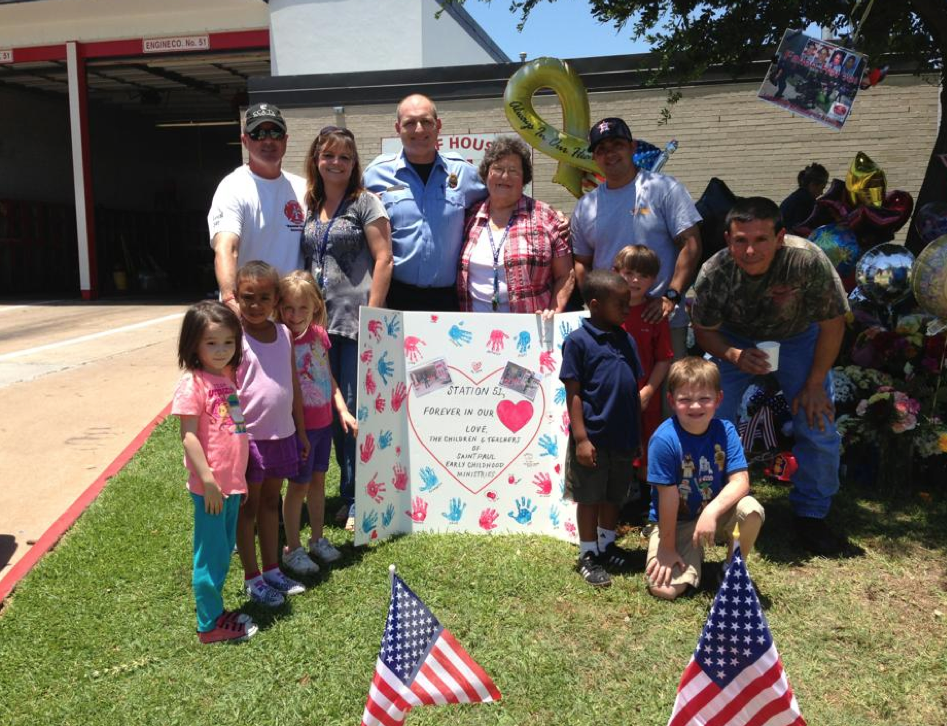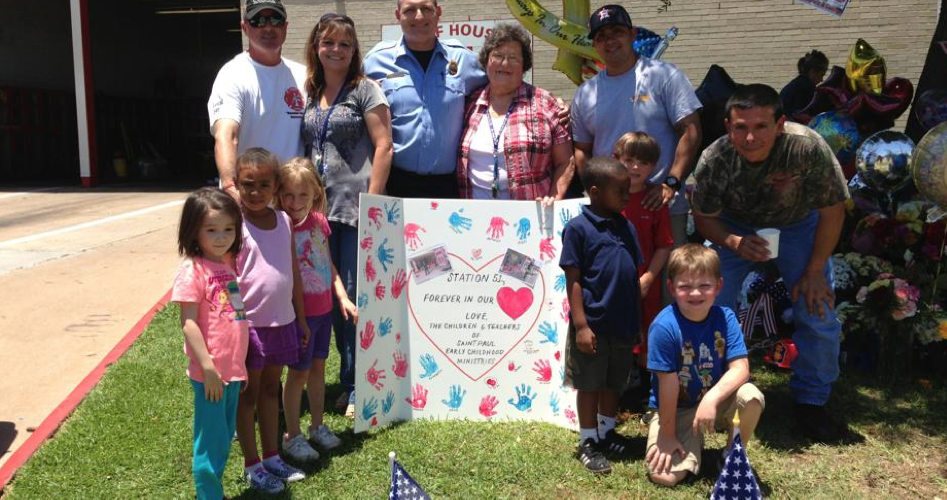
I recently grabbed Malcolm Gladwell’s best-seller Outliers at the airport. It’s billed as the “Story of Success.” After just reading the introduction, I sure hope Gladwell is right. The Episcopal Health Foundation is betting on it.
You see, in the introduction Gladwell beautifully describes the 1950’s community of Roseto in rural Pennsylvania. It was a close-knit, tiny community of Italian immigrants who had a remarkable lack of heart disease and other sickness. People in Roseto seemed to simply die of old age, while those in neighboring towns struggled with heart disease and many more health concerns.
Why?
Researchers Stuart Wolf and John Bruhn decided they were going to find out. They took blood samples and monitored diets. They conducted heart tests and asked families question after question. What did they find? Not only was there little heart disease, there were no ulcers, no drug addiction, no suicide and no crime.
But the answer to why Roseto was so healthy was a little harder to figure out.
“What Wolf began to realize was that the secret of Roseto wasn’t diet or exercise or genes or location,” Gladwell writes. “It had to be Roseto itself.”
Gladwell explains how Roseto was a community where generations of families lived together. Families walked and talked to one another each evening. Neighbors knew each other. They cared for each other and took up for one another. Successes weren’t flaunted. Failures weren’t ridiculed. In a town of 2,000 people, there were 22 civic organizations working together to make Roseto even better.
Researchers believed the evidence was clear — the medical establishment had to start thinking about health in terms of community.
A connected community.
“They had to get them to realize they wouldn’t be able to understand why someone was healthy (or unhealthy) if all they did was think about an individual’s person choices or actions in isolation,” writes Gladwell. “They had to understand the culture he or she was a part of…they had to appreciate the idea that the values of the people we surround ourselves with have a profound effect on who we are.”
While we’re not trying to re-create hundreds of “Rosetos” across 57 Texas counties, one of EHF’s three goals is to build connected communities in those counties. And the Roseto effect shows us why. Connecting communities is a key part of the plan because it’s what is really needed at the ground level to build healthy communities.
Connection means there is interaction among organizations, churches, neighborhoods, schools and all sorts of other groups. Each group no longer acts alone. These groups may have different goals and needs, but they begin to trust one another. Relationships are built.
Those relationships and connections allow people without power a seat at the table. The community welcomes them to that table. They ask where they are if they’re not at the table. The once powerless now have a choice in identifying and solving their own problems, especially when it comes to health.
Connection encourages outreach, compassion, and accountability – three things that encourage a more healthy community.
Roseto had those three qualities, plus much more. It was a connected community long before we had to give it a name. Roseto shows us connection can still be the foundation of community health – we just have to care to try.
